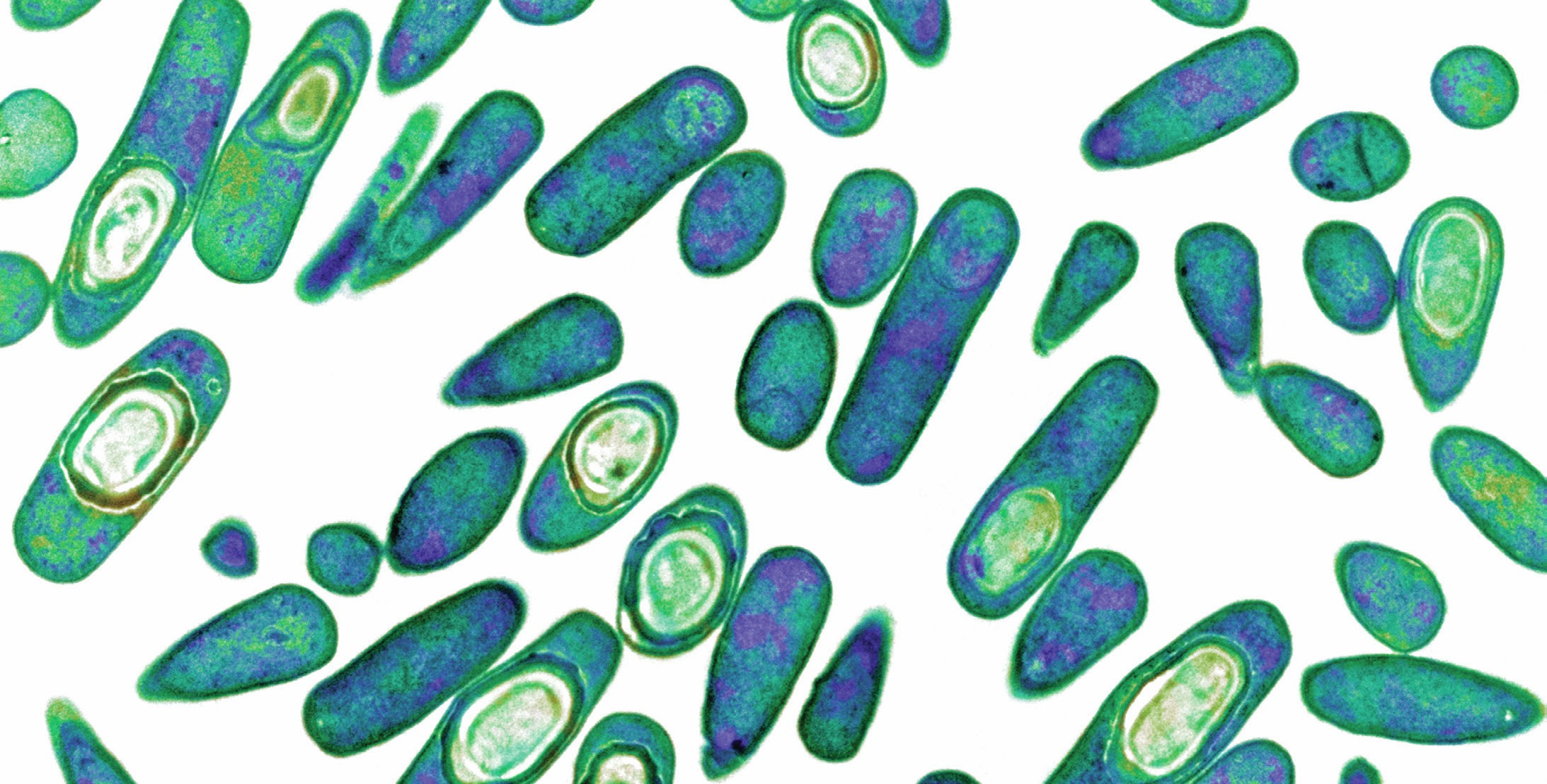
Mrs James is a 75-year-old lady who fell and fractured her hip. As a result of her fall she was admitted to hospital and had a successful hip replacement operation. Unfortunately, while recovering, she developed a chest infection for which she was prescribed a course of antibiotics. A couple of weeks later she was well enough to go home. However, a few days after this, she became unwell. She had pains in her stomach and watery loose diarrhoea and was going to the lavatory six or seven times a day. She was readmitted to hospital and after some tests it was found that she had Clostridium difficile infection of the colon. She was started on some oral antibiotics and her symptoms settled after a few days. However, after she was sent home, her symptoms came back again and she required readmission and a longer course of different antibiotics before she was back to normal.
Clostridium difficile is a bacterium. Clostridium species are large, rod-shaped Gram positive bacteria (see Figure 1) present in large numbers in the soil. They have certain key features in common. They are anaerobic, which means they do not need oxygen to respire. Most will not grow in aerobic conditions. However, they can exist in the form of spores, which can survive for a long time in the atmosphere and withstand extremes of temperature. Most importantly, all Clostridium bacteria can produce potent toxins, and it is these toxins that cause damaging effects to health when humans are exposed to them. Apart from Clostridium difficile, other examples include Clostridium tetani (responsible for causing tetanus), and Clostridium botulinum (botulism).
Your organisation does not have access to this article.
Sign up today to give your students the edge they need to achieve their best grades with subject expertise
Subscribe




